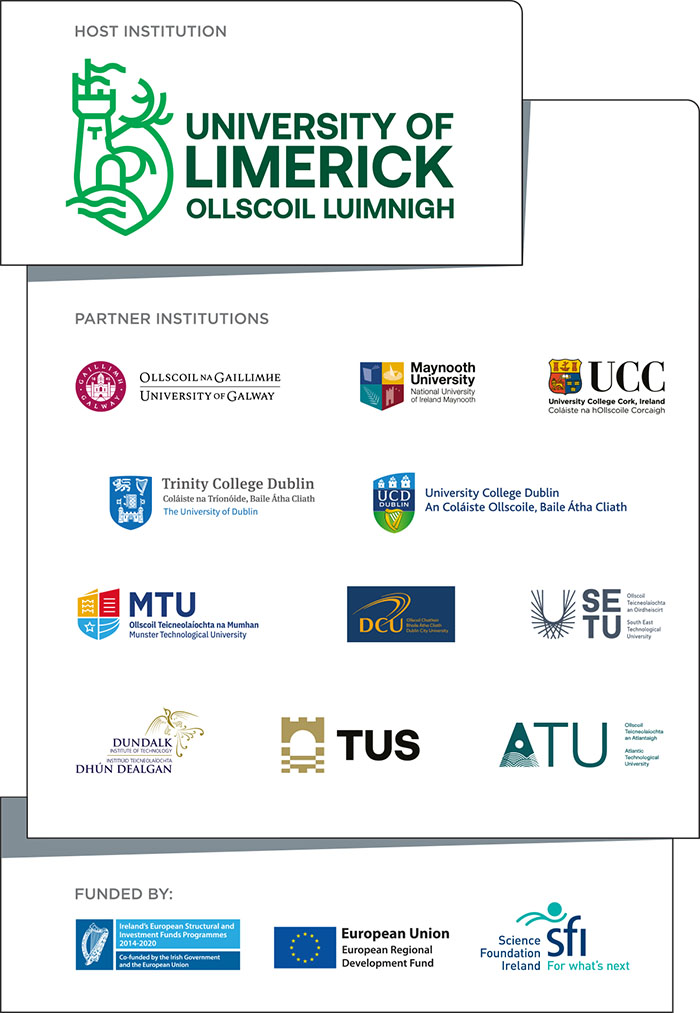You are here
When patients attend healthcare clinics or hospitals, or when people are being cared for in their own home, we see that clinicians are making use of technology and software to manage healthcare. Patients expect this to improve the quality of care that they are given, and that their patient experience will be better because of technology. But is this always the case?
In recent years, there has been significant growth in software companies across the healthcare sector developing new technologies to improve healthcare delivery and services. This has given rise to the emergence of Connected Health (CH) – a new model for healthcare management.
Connected Health is where patient-centred care results from process-driven health care delivery undertaken by healthcare professionals, patients and/or carers who are supported by the use of technology (software and/or hardware).
Healthcare pathways are used to identify the process for the efficient delivery of care to and quality of outcome for the patient. With the introduction of CH, healthcare pathways are changing. Sections of the traditional pathway will continue to be followed and sections of the traditional pathway will be replaced by a connected health solution. This cannot happen by osmosis – it must be planned and organised.
Our research team works within healthcare to re-engineer healthcare pathways. Using our prior software process improvement research, software quality research and technological expertise, we analyse, modify and model pathways. Furthermore, we support the healthcare professional in implementing high-quality CH pathways, and provide evaluations of their success in ensuring quality patient care.
And, for the patient, they should definitely expect a higher quality of care!
Impact
Lero researchers work closely with public and private hospital and clinics undertaking research within radiology, maternity, geriatric and intellectual disability services. These organisations have been able to successfully use Connected Healthcare pathways within their organisations, and can demonstrate how care has changed for them through the introduction of CH solutions. We have published our research internationally, presenting at many conferences and workshops, Lero events and external industry-focused events, such as with the Applied Research in Connected Health Technology Centre (ARCH). We have undertaken training in organisations such as University Hospital Limerick and with the Ireland Smart Ageing Exchange (ISAX). Through our strong relationship with ISAX, we are collaborating on a project with IBM focusing on Connected Smart Ageing.
Our research team is involved in educating the next generation of software engineers in Connected Health and Software Quality in Healthcare. We lecture to students in the University of Limerick and the National University of Ireland, Galway. We supervise PhD students in Connected Health, many of whom remain in Ireland working in industry following their graduations.
This video illustrates how CH can support the older person in their home: http://www.ul.ie:8081/graduateschool/how-does-bathmat-keep-eye-granny
Case Study
We have been involved in research projects within University of Limerick Hospital Group since 2010, developing and implementing CH solutions in for maternity, geriatric and radiology services. Martha Lotter, who is studying for a PhD under the supervision of Prof Ita Richardson and Dr Louise Reid, Clinical Audit Lead, has developed RAD-QAP: Design and Implementation of a Quality Performance Measurement Programme for a Radiology Department. In this research we developed, validated and implemented a quality performance measurement/management system for a radiology department. Initially we derived a method to select appropriate key process indicators (KPIs) for attributes which enable the delivery of a quality radiology service. These are included in the hospital’s quality performance measurement system. We mapped the KPIs to health standards and these were used as the basis for development of a balanced scorecard specifically for a radiology department. The scorecard provides structure for measuring quality within the department.
Using the action research paradigm, we implemented the KPIs and the balanced scorecard within radiology. Modifying healthcare pathways, we developed and implemented Connected Health solutions in radiology, improving the quality of care received by the patient. Due to the implementation of CH solutions to problems identified during this research, specific outcomes over a 9-month period include:
- Reduction of 58% of patients waiting longer than 6 months for access to ultrasound scans;
- Reduction of did-not-attend for appointments in radiology by 48%;
- Problems of intravenous extravasations in CT with the injector was reduced by 35%.
The process through which we undertook this research is being implemented in other hospital services, including maternity. Provisional findings from a recent external national quality assurance inspection by the Hospital Information Quality Authority (HIQA) have indicated that the Maternity Hospital is a “safe” hospital. Midwifery management have acknowledged the contribution of RAD-QAP in achieving that goal.
CEO, UL Hospital Group, Colette Cowan, has commented, “We have developed strong ties with Lero and the University of Limerick and plan to get a number of other projects off the ground that will benefit both institutions. The partnership also allows for the personal development of our employees through engagement in focussed research to obtain a Ph.D.”
This research has been funded by an Irish Research Council Employment based grant.
Related Publications
Carroll N., Travers M., Richardson I. (2017) Connecting Multistakeholder Analysis Across Connected Health Solutions. In: Fred A., Gamboa H. (eds) Biomedical Engineering Systems and Technologies. BIOSTEC 2016. Communications in Computer and Information Science, vol 690. Springer, DOI: 10.1007/978-3-319-54717-6_18
Mandal, Debashish, Robert J McQueen, Owen Doody, Ita Richardson, Role of social media to support person-centered care in small healthcare practices, European Journal for Person Centered Healthcare.
Carroll, Noel and Ita Richardson (2016). Software-as-a-Medical Device: Demystifying Connected Health Regulations, Journal of Systems and Information Technology, Vol. 18 Iss: 2, pp 186-2015, doi: 10.1108/JSIT-07-2015-0061.
Reid, L., Lotter, M., Burton, J. & Richardson, I., (May-June 2012) Designing and Implementing a Hospital Quality Assurance Program, IEEE Software, 29(3), pp. 37-44, DOI:10.1109/MS.2012.46.
O’Sullivan, P., Connolly, A., Carroll, N. and Richardson, I. (2016). IBM’s Smarter Care: Challenges and Strategies. 20th International Conference on Evaluation and Assessment in Software Engineering (EASE 2016) 1-3 June, Limerick, Ireland, Article No 29.





